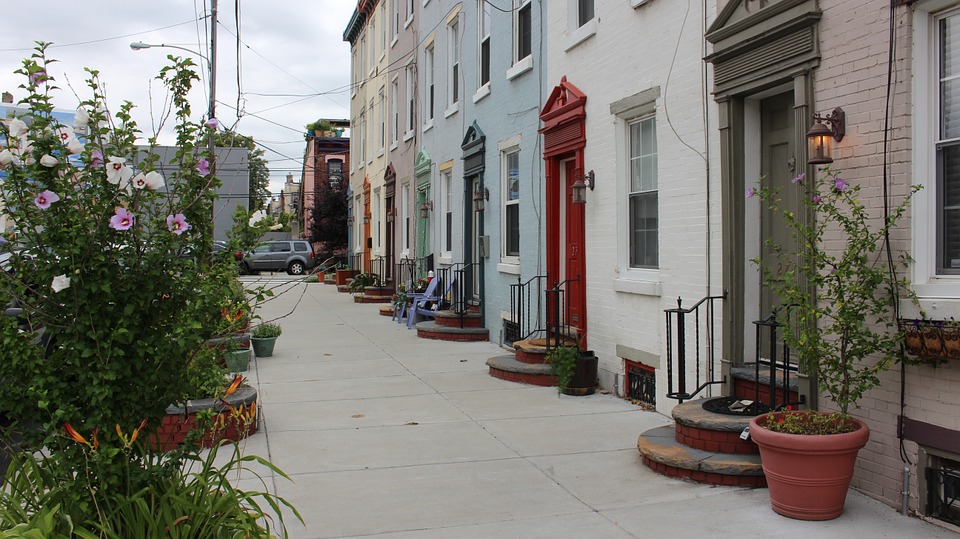Philadelphia Joins Co-Living Movement

The price of housing in Philadelphia is, as many residents will tell you at length, skyrocketing. As the City of Brotherly Love emerges onto the national and world stages as a significant place to live, work, and play, more and more people want to live here. Even with new condo and apartment buildings rising from the ground on seemingly every block, it feels like the supply of living spaces simply can’t keep up with the demands of an influx of collegians, young families, and other millennial folx seeking out the feeling of a booming East Coast city without the ridiculous non-affordability of other hubs like New York and Boston. As Philly shows off what it has to offer- amazing food, great culture, deep history – it can only be surmised that the number of transplants will continue to rise, further perpetuating the lack of affordable housing.
Co-living could be the answer to the space/affordability paradox. With studios in Center City going for upwards of $1,900 before utilities, more and more residents are taking on roommates. Co-living offers a civilized, desirable alternative to going the Craigslist roomie route. Like the boarding houses that dominated inexpensive housing in the nineteenth and early twentieth centuries, co-living is a spruced-up term for renting a room in a communal house that shares facilities like cooking and bathroom space. While many old-style boarding houses were run in shabby tenements with questionable cleanliness and an overwhelming aura of the shabby, today’s co-living spaces are bright, cheery, and modern… everything that most boarders would pick if they had their choice. Co-living had its start in Europe, where transient travelers might want to stay a few months exploring the flavor of the area before moving on. There was a niche for something nicer than a hostel, but not as permanent as an apartment. Thus, the rooming house was reborn.
Today, companies like Common and Quarters – the two co-living businesses that do or will have a presence in Philadelphia – offer compact, yet airy private rooms in cozy homelike buildings with hand-picked roommates that share interests, and every amenity that you could ask for, all for one extremely reasonable price. To wit, a Common studio at Frankford will rent for around $1000 a month. A planned location in the heart of Center City will go for around $300 more. For that price, you get utilities, cable, high-speed internet, kitchen supplies, and a cleaning service for common areas. Maintenance is available ’round the clock, just like in a traditional apartment.
No interviewing prospective roomies who may go on to drive you crazy with drugs, pets, and raucous parties at all hours – that is dealt with for you. Rooms come pre-furnished with clean, bright, Insta-worthy decor and furniture. Rooms are spacious, but make the most of the space available, and feature great design choices like murphy beds, large closets, and plenty of windows that give great city views. Some rooms have extra perks, like balconies, working desks, private outside access, or Casper mattresses (Quarters homes have these). Keyless entry, bike racks, and free laundry (with soap, dryer sheets, et al included!) are additional perks that you won’t find elsewhere.
The common living spaces are great as well. Everything is freshly updated: kitchens are luxuriously clad in subway tile with desirable stainless steel trim and appliances, with long counters that encourage communal dinners and big fridges that leave enough room for everyone’s milk. Living rooms have an abundance of cozy seating for late nights cuddling up in front of the TV (resident rooms also have small-screen TVs) or getting lost in a good book with a cup of coffee. Rooftop decks beckon you to watch the sunset, gather around the fire pit, or lay out and work on your tan in warmer months.
These rooms are a great choice for students and other temporary residents, since leases of as short as three months are available. With the companies mentioned, you can also take your lease and move to another property in the network. As Philadelphia Magazine put it, it’s “a noncommittal millennial renter’s dream.”



